Cooking with Scotch Bonnet Pepper for Bold Flavor
12 min read Explore vibrant recipes and tips for leveraging Scotch Bonnet peppers to create bold, flavorful dishes in Afro-Caribbean culinary tradition. September 27, 2025 12:05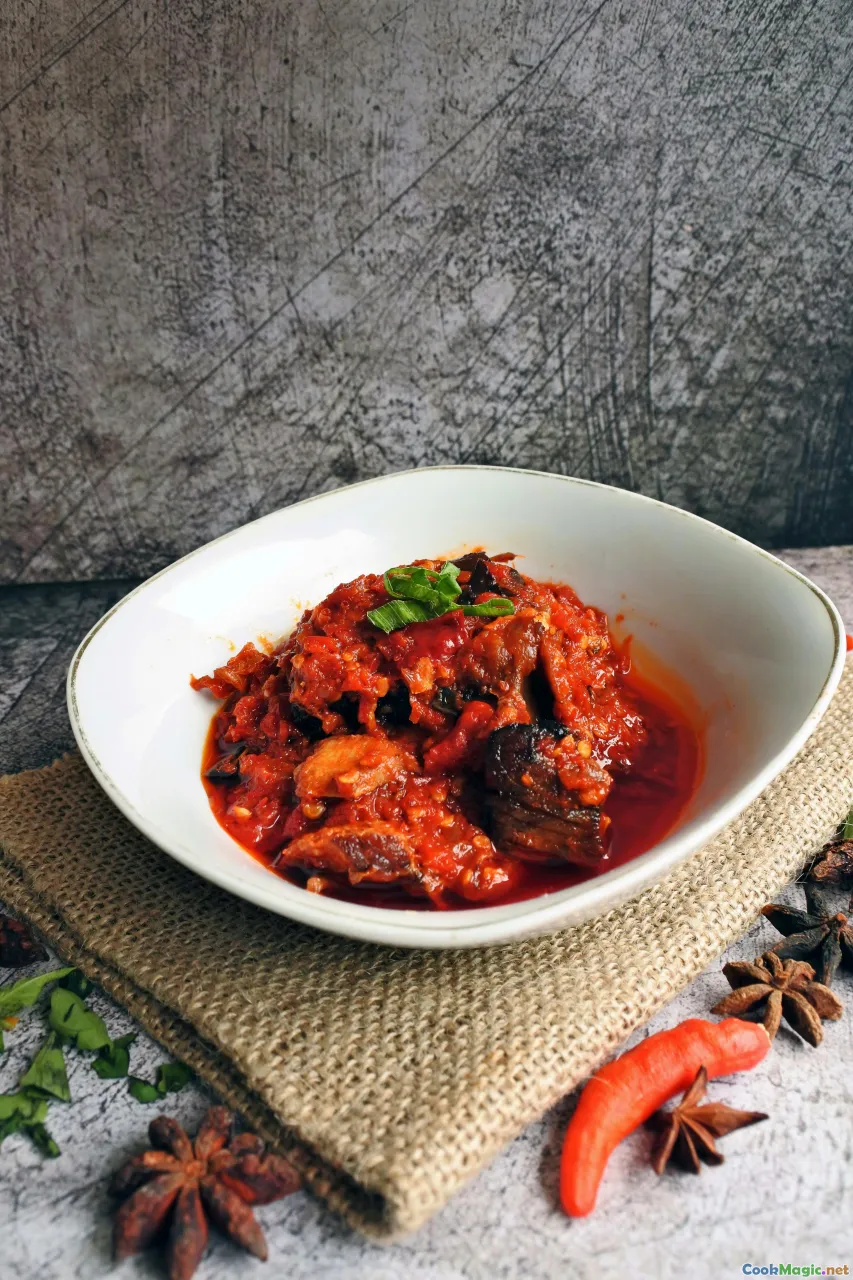
Cooking with Scotch Bonnet Pepper for Bold Flavor
Few ingredients can command attention in the kitchen quite like the Scotch bonnet pepper. Known for their fiery heat, vibrant colors, and unmistakable aroma, these peppers are the heartbeat of many Afro-Caribbean dishes. Their fierce personality transforms modest ingredients into culinary masterpieces, evoking stories of distant islands, bustling markets, and ancestral traditions.
Imagine piercing the skin of a ripe Scotch bonnet—its glossy, fiery orange or bright red hue beckons with a promise of intense heat and complex flavor. Each bite bursts with a symphony of fruity sweetness intertwined with searing spice, awakening the senses and stirring a deep connection to Caribbean roots.
In this article, we’ll explore how to harness the boldness of Scotch bonnet peppers in your cooking, delve into their cultural significance, and share tips to tame or embrace their fiery nature. Whether you're an adventurous home cook or a seasoned culinary explorer, get ready to elevate your dishes with this legendary ingredient.
The Cultural Heartbeat of Scotch Bonnet Peppers

For many Caribbean communities, Scotch bonnet peppers are more than just a heat source—they are symbols of history, identity, and resilience. Originating from the Americas and spreading through African and European trade routes, these peppers have found a home in national dishes and street food stalls across Jamaica, Trinidad, Barbados, and beyond.
In Jamaica, Scotch bonnet peppers are sacred; they’re woven into rituals, taught by generations, and celebrated in local festivals like the annual 'Jerk Festival.' The famed jerk seasoning—part marinade, part ritual—is where Scotch bonnet truly shines, infusing smoky, spicy, and sweet notes into tender meats barbecued to perfection on open flames.
Travelers and locals alike seek out street vendors grilling jerk chicken, its potent marinade infused with crushed Scotch bonnets, all kissed by a smoky aroma that drifts through the warm Caribbean air. This fiery pepper isn’t just about heat—it's about storytelling, cultural pride, and unspoken bonds forged over shared food.
How to Prepare Scotch Bonnet Peppers Safely and Effectively

Handling Scotch bonnet peppers requires respect. Their capsaicin levels—natural compounds responsible for heat—can cause skin irritation, and their fumes can irritate eyes and respiratory passages. Here’s a safe approach:
- Wear Gloves: Always wear disposable gloves when handlingto prevent burning sensations and skin irritation.
- Ventilate: Chop in a well-ventilated space or near an open window to disperse strong fumes.
- Use a Sharp Knife: A sharp blade makes chopping easier and minimizes crushing, which releases more capsaicin.
- Seed or De-seed as Needed: The seeds and pith carry much of the heat. For a milder heat, scrape out the seeds; for maximum spice, leave them intact.
- Wash Hands Thoroughly: Even with gloves, wash your hands well afterwards and avoid touching your face.
Remember, Scotch bonnets are intense—but their flavor can be balanced or amplified depending on your technique and ingredients.
Flavor Profiles and Pairing Principles

A Scotch bonnet pepper’s flavor is a vibrant dance of fruity sweetness—think overripe mango, pineapple, or apricot—hidden beneath a fiery, pungent burst. The heat is immediate and persistent, but balanced by earthy, smoky, and sometimes aromatic undertones.
Pairing these peppers with ingredients such as garlic, ginger, onions, allspice, and thyme results in a complex tapestry of flavors. Coconut milk mellows the heat and adds richness, while acidic elements like lime or vinegar brighten the dish.
In the context of Afro-Caribbean cuisine, Scotch bonnet’s daring personality pairs beautifully with hearty proteins—jerk chicken, saltfish, seafood—or with plantains, bananas, and breadfruit, creating nourishing, bold-flavored fare.
Classic Dishes That Shine with Scotch Bonnet
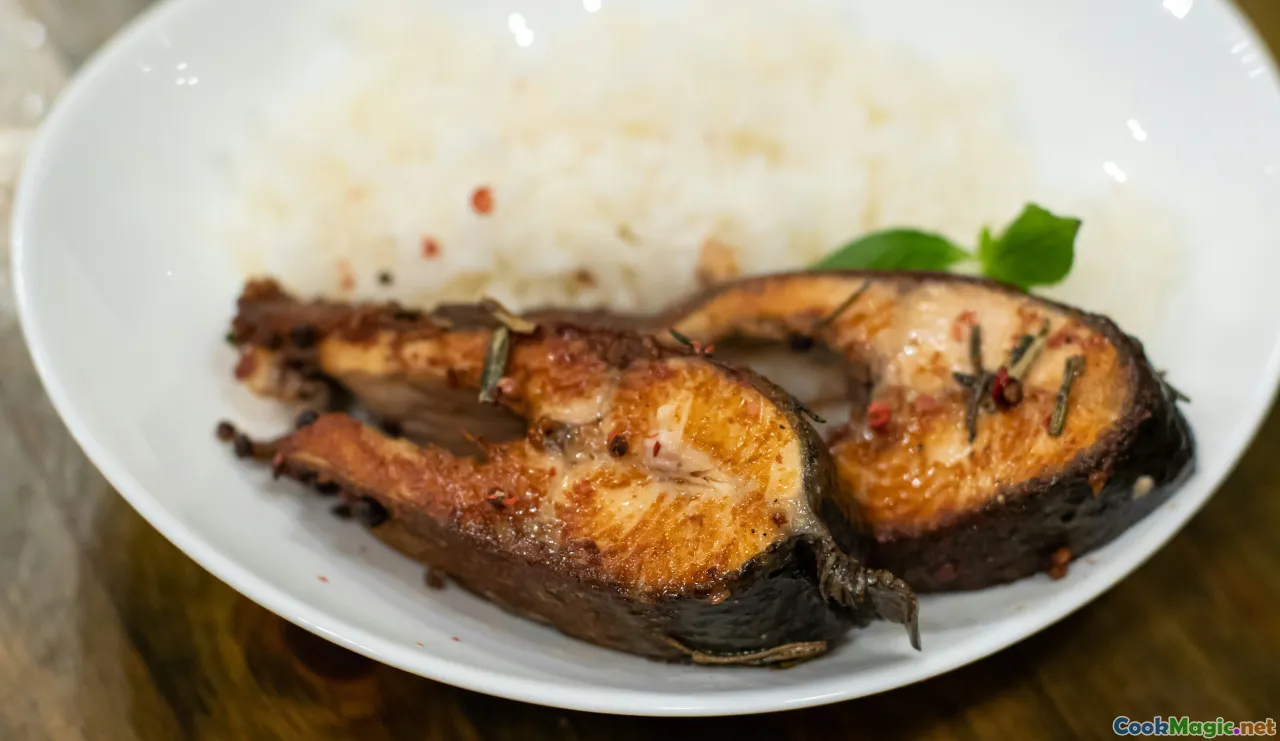
Jerk Chicken
Considered Jamaica’s flagship dish, jerk chicken is a sublime showcase for Scotch bonnet peppers. The marinade, which includes green onions, allspice, thyme, and Scotch bonnet, renders the meat tender, smoky, and explosively spicy. The slow-smoking process amplifies the depth, making each bite a fiery, fragrant journey.
Pepper Sauces
Fresh Scotch bonnet peppers are the cornerstone of many hot sauces. These sauces, often blended with lime juice, garlic, and sometimes a hint of sugar, serve as versatile condiments. Use them to spice up rice, vegetables, soups, or even as a marinade for grilled seafood.
Stews and Curries
In Trinidad and Tobago, Scotch bonnet peppers lend their fiery personality to robust dishes like callaloo stew or curried goat. Their heat enhances the richness of coconut milk and the earthiness of root vegetables, while their fruity undertones add complexity.
Island Seafood
Seafood dishes—especially those involving crab, shrimp, or fish—are elevated by Scotch bonnet pepper-based sauces or marinades, imparting a zesty kick that complements the oceanic freshness.
Techniques to Balance Intensity and Develop Depth
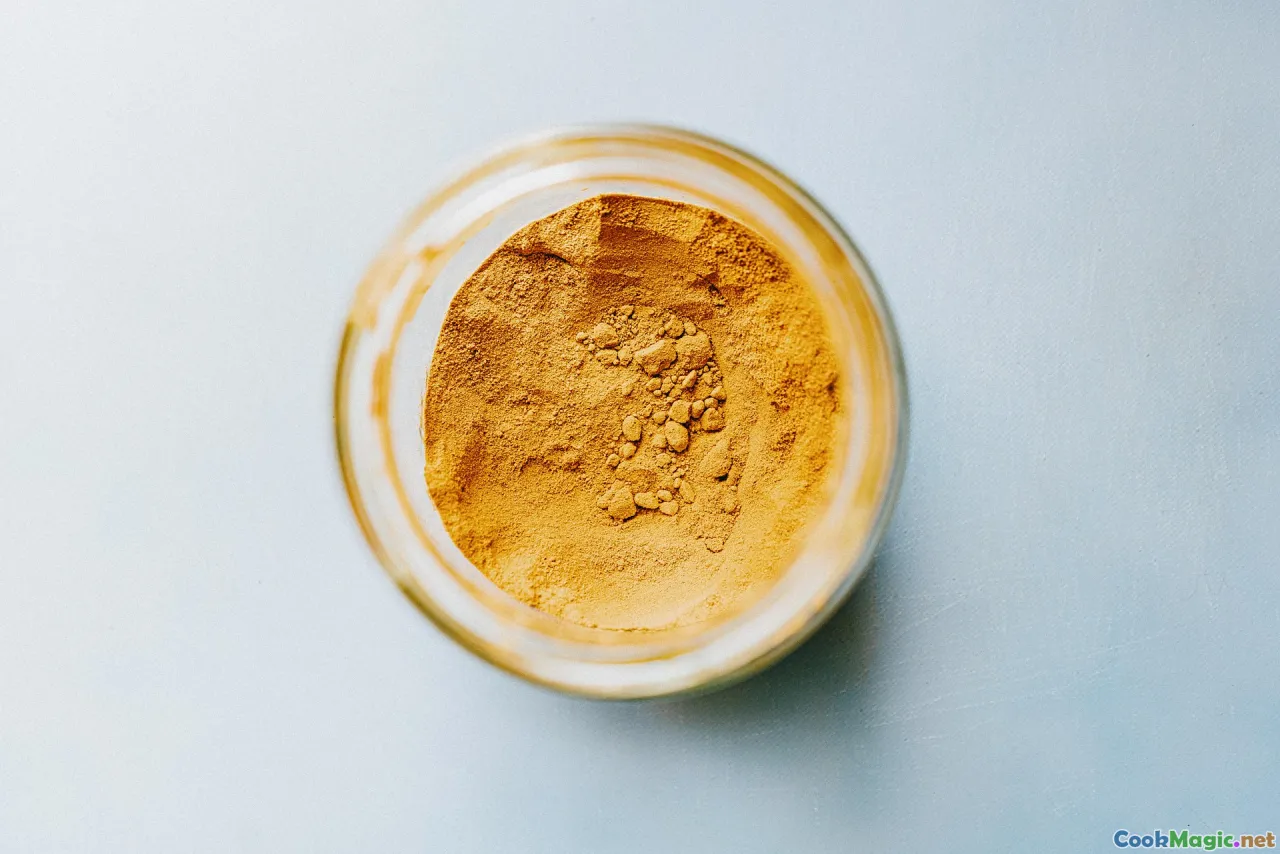
While Scotch bonnet’s boldness can be intoxicating, mastering its use means balancing heat with flavor depth. Here are techniques to consider:
- Dilution: Incorporate coconut milk, tomato purée, or vegetable broth to mellow the spiciness and add richness.
- Layering Flavors: Sauté aromatics like garlic, onion, and spices before introducing chopped peppers. Toasting allspice, cumin, or thyme beforehand boosts aroma and complexity.
- Sweetness Contrast: Adding a touch of sugar, honey, or ripe fruit balances the fiery heat, creating a more nuanced experience.
- Time and Heat Control: Simmer dishes slowly to meld flavors, allowing the heat to integrate smoothly rather than overpower.
Experimentation is key—sometimes a controlled splash of Scotch bonnet will elevate a dish from good to memorable.
How to Incorporate Scotch Bonnet into Everyday Cooking
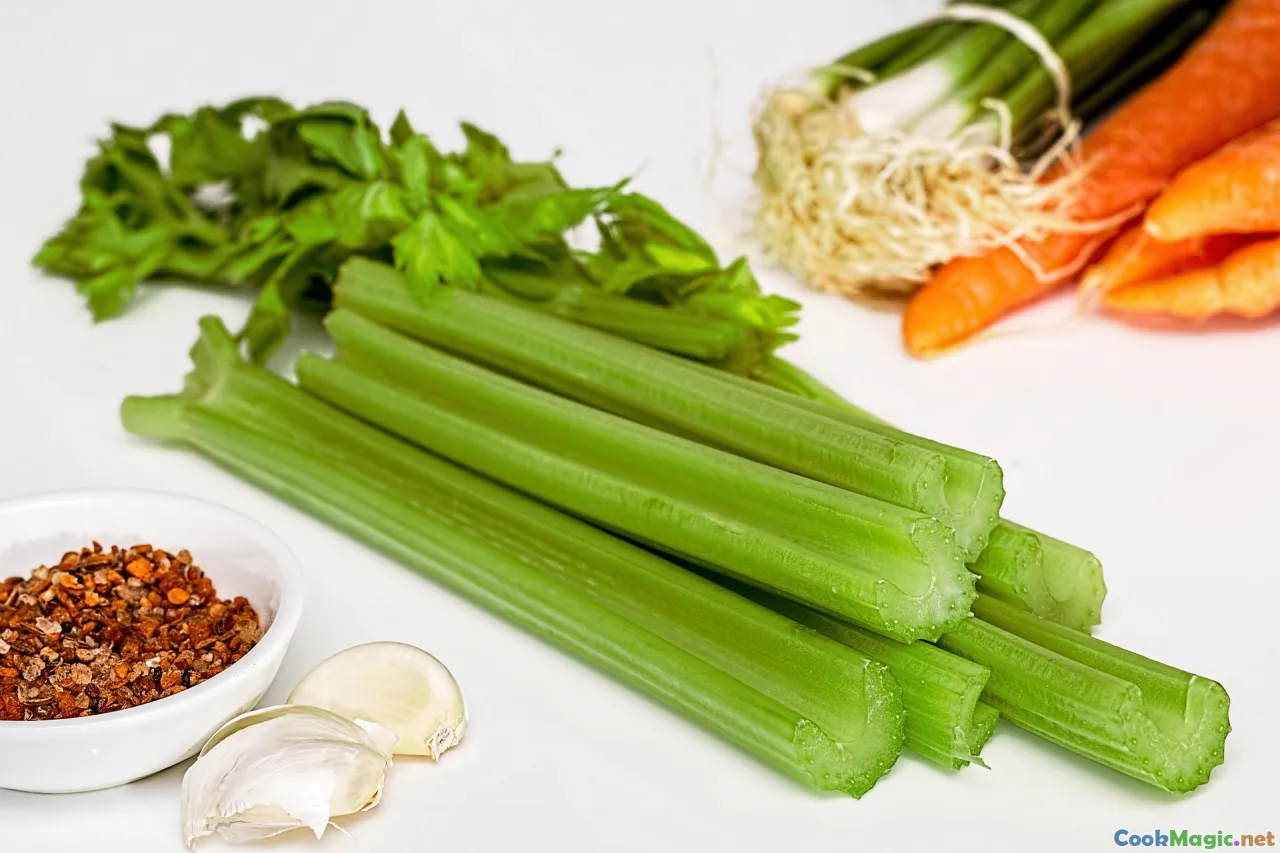
No need to wait for a special occasion—here are everyday tips to integrate Scotch bonnet peppers:
- Hot Sauce at Home: Blend chopped Scotch bonnet with lime juice, garlic, and a pinch of salt to create a bespoke hot sauce.
- Spicy Marinades: Mix minced Scotch bonnet into yogurt or oil-based marinades for chicken or shrimp.
- Flavor Infused Oils: Cook whole or chopped peppers briefly in oil to create a fiery cooking oil, perfect for drizzling over rice or stir-fries.
- Garnishes: Finely chop Scotch bonnet and sprinkle over salads, tacos, or grilled vegetables for a fresh burst of heat.
Remember, start small—peppers pack significant punch—and taste as you go.
Taming the Heat: When You Want Flavor Without Overwhelm

For those wary of such intense heat but eager to enjoy the flavor, here are tips:
- Remove Seeds and Pith: They contain most of the capsaicin.
- Use Small Quantities: Incorporate minced peppers gradually to control heat.
- Combine with Dairy: Cream, yogurt, and coconut milk help mellow the spice.
- Add Sweet or Acidic Elements: Sweetness and acidity can soften the fiery edge.
The goal is to tap into Scotch bonnet’s vibrant aroma and flavor without overwhelming your palate.
Embracing the Fiery Spirit in Your Kitchen
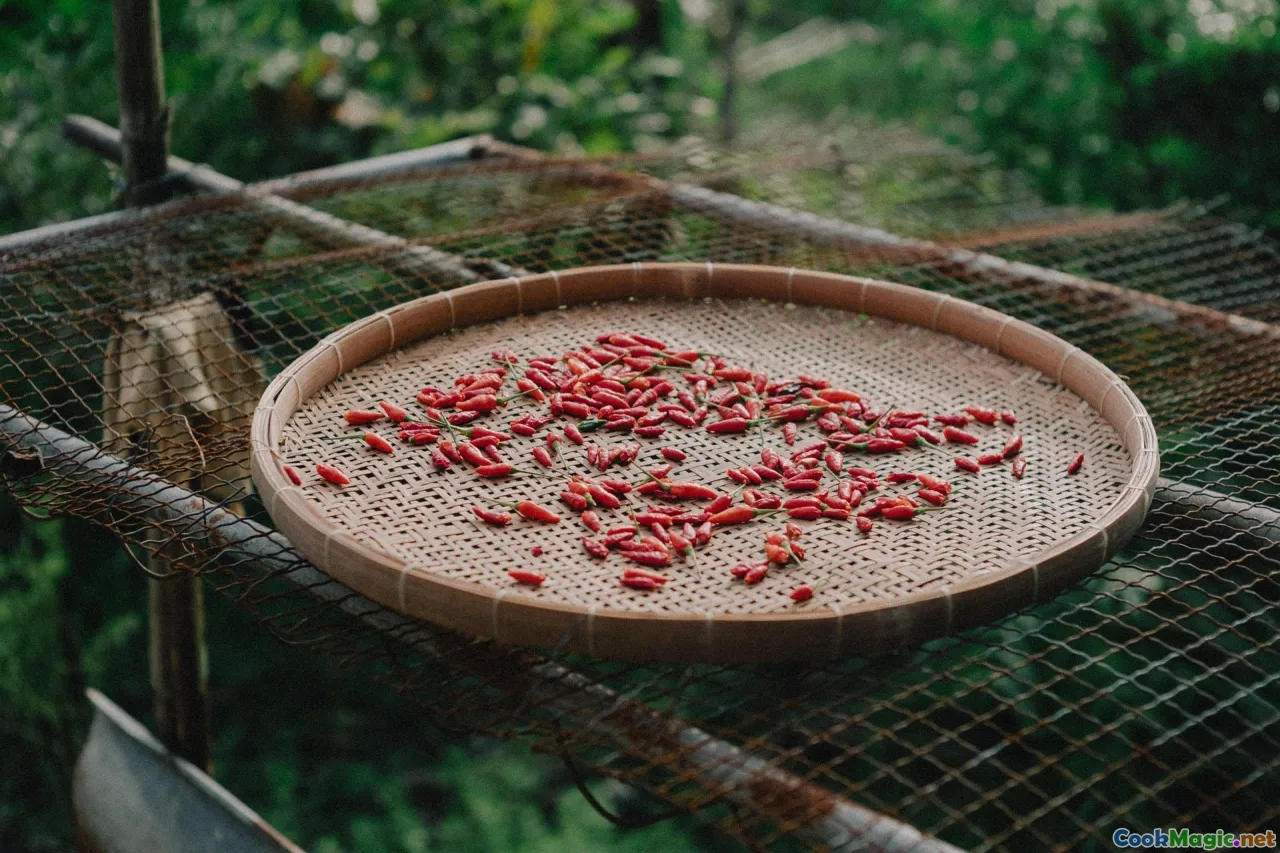
Cooking with Scotch bonnet peppers is about embracing their fiery, vibrant spirit—an ode to the cultural richness of the Caribbean. Whether you’re inspired by traditional recipes or crafting your own spicy creation, let the pepper’s boldness inspire creativity.
Imagine hosting a barbecue featuring jerk chicken, served alongside homemade hot sauce. Or perhaps experimenting with a spicy seafood stew that echoes the flavors of the Caribbean coast. Each dish becomes a celebration—of history, community, and daring culinary exploration.
Remember, cooking with Scotch bonnet peppers isn’t merely about the heat, but about storytelling—an essential ingredient that connects you to distant shores, ancestral traditions, and the joyous art of bold flavors.
So grab your gloves, sharpen your knife, and dive into the vibrant world of Afro-Caribbean cuisine. Your palate—and your spirit—will thank you.









